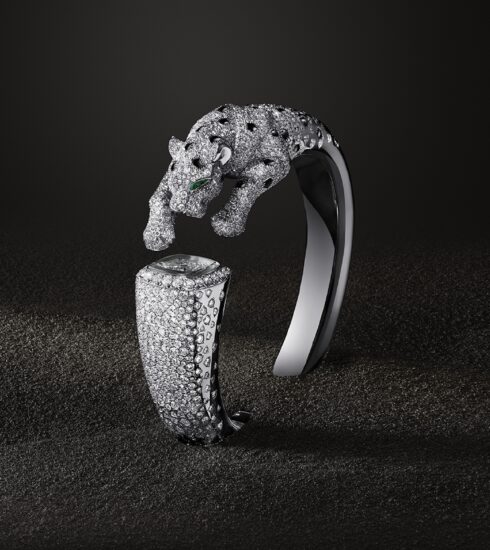Rolex foregoes its own iconic watch at a Sotheby's auction
At the Sotheby's Geneva auction "Geneva Autumn Live Watch Sales" last weekend, a watch was auctioned that holds a very special significance for Rolex, is considered the birth of the modern "Oyster" and was the first waterproof wristwatch to come to public attention.
The focus was on long-distance swimmer Mercedes Gleitze, who swam across the English Channel on October 7, 1927 – a distance of approximately 33 km in icy water. It took her 15 hours and 15 minutes. For Rolex, this would become one of the most important events in its history.
Shortly afterwards, when another woman falsely claimed to have also swum across the channel, Gleitze started the so-called "vindication swim" on October 21, which she had to abandon due to hypothermia.
She was wearing a Rolex "Oyster" on her wrist, which, after more than ten hours in the cold waters between Great Britain and France, was in perfect condition and functioned flawlessly.
Following this, on November 24, 1927, Rolex founder Hans Wilsdorf placed a full-page advertisement entitled "The wonder watch that defies the elements" on the front page of the London Daily Mail to promote his watches using this sporting event. This made Rolex, and also Mercedes Gleitze, world-famous.
The original, the "Companion Oyster," was auctioned on Saturday. The hammer fell at around €1.5 million. When the same piece was auctioned 25 years ago, it fetched just over €19,000.
Surprisingly, the item wasn't awarded to Rolex, but to a private collector from Asia who prevailed in a bidding war between four parties. It's safe to assume that Rolex wasn't among them, as the company certainly doesn't lack financial resources.
Why there was no interest in acquiring the watch for their own museum is a mystery. After all, the brand has considered the "Vindication Swim" a significant turning point in Rolex's history for almost a century.






